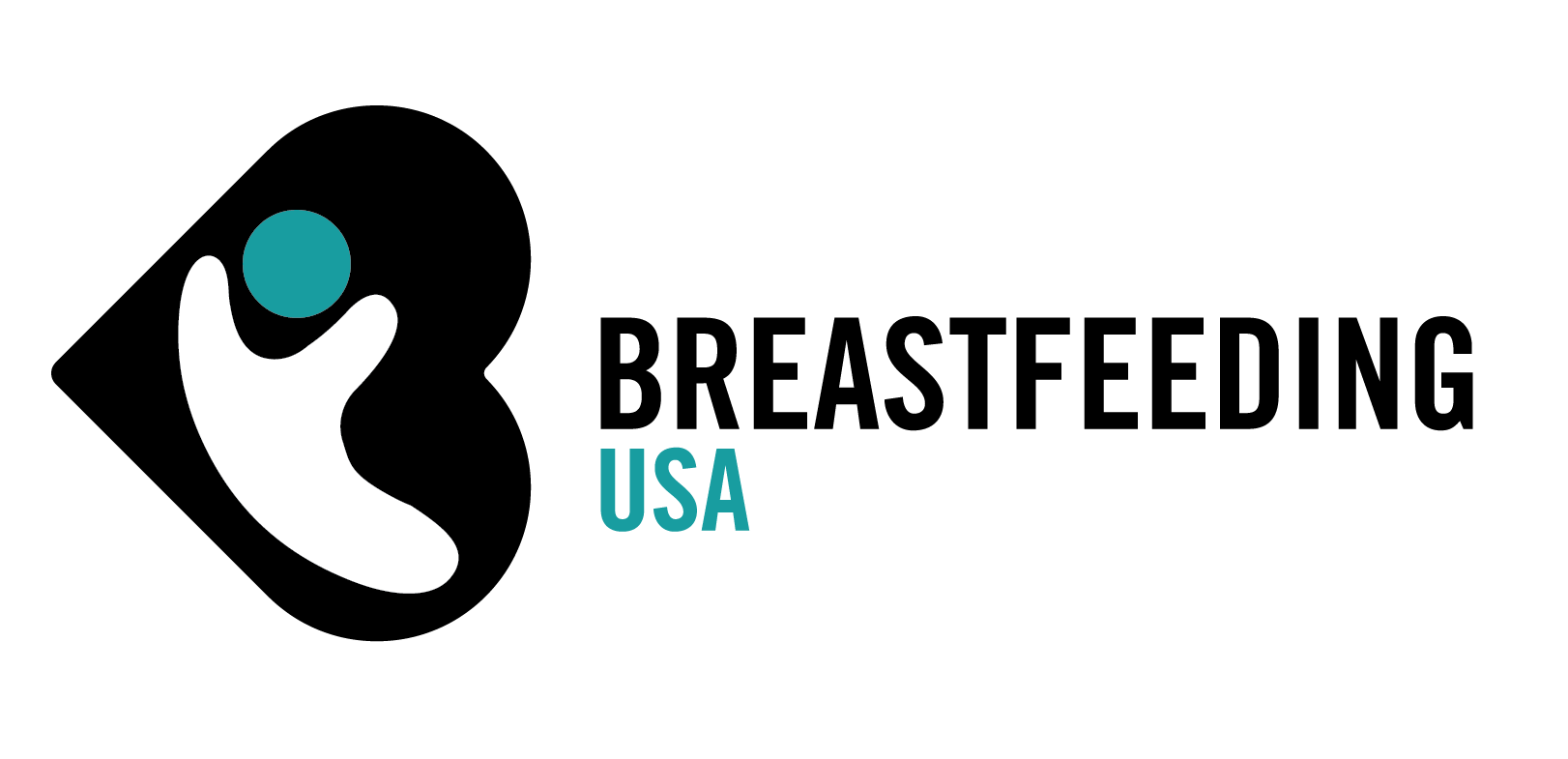
By Nancy Mohrbacher, IBCLC, FILCA
Are counting wet and dirty diapers a reliable indication of whether a breastfed baby is getting enough milk? During the first six weeks of life, parents are often encouraged to track daily diaper output (number of wet and dirty diapers per day), but is this an accurate gauge? Science has taken a close look and the results may surprise you.
During the first day or two of life, breastfed babies receiving colostrum typically have one to two wet diapers and stools per day. After that, some health organizations suggest breastfeeding parents track daily diaper output to estimate milk intake. According to the International Lactation Consultant Association1 signs of effective breastfeeding are at least three stools per day after Day 1 and at least six wet diapers per day by Day 4. The Academy of Breastfeeding Medicine2 considers indicators of adequate mother’s milk intake to be the transition from the first dark stools passed by the baby to yellow stools by Day 5 and three to four stools per day by the fourth day of life.
Two U.S. studies examined whether diaper output accurately reflects adequate milk intake. Both found that there was much room for error. One study3 of 73 exclusively breastfeeding mother-baby couples monitored the babies’ weight loss and gain, breastfeeding patterns, and diaper output for the first 14 days. The researchers found that more stools during the first 5 days were associated with positive infant outcomes. More stools during the first 14 days were associated with the lowest weight loss and early transition to yellow stools. (Mean number of stools per day was four, but some babies had as many as eight.) The first day of yellow stools was a significant predictor of percentage of weight loss (the earlier the babies’ stools turned yellow, the less weight was lost). The average number of daily stools was not an accurate predictor of initial weight loss, but the more stools passed during the entire 14-day study period, the earlier birth weight was regained.
Because some newborns breastfed ineffectively, number of daily feedings at the breast were not related to initial weight loss, start of weight gain, regaining of birth weight, or weight at Day 14. (Mean number of daily feedings at the breast was 8.5, with a range of 6 to 11.) In fact, the researchers considered unusually frequent feeding with low stool output a red flag to check baby’s weight, as the study baby who breastfed the most times per day had the poorest weight outcomes. They found that frequent feedings with good stool output was a sign of effective breastfeeding, but frequent feedings without much stooling should be considered a red flag of breastfeeding ineffectiveness.
The second U.S. study4 followed 242 exclusively breastfeeding mother-baby couples, also for the first 14 days of life. These researchers found that “diaper output measures, when applied in the home setting, show too much overlap between infants with adequate versus inadequate breast milk intake to serve as stand-alone indicators of breastfeeding adequacy.” The most reliable predictor of poor milk intake was fewer than four stools on Day 4, but only when paired with the mothers’ perception that their milk had not yet increased. But even when both of these criteria were true, there were many false positives, meaning that many of these babies’ weight was in the normal range.
So at best, diaper output can be considered a rough indicator of milk intake. While it can be helpful to track diaper output on a daily basis between regular checkups, diaper output alone cannot substitute for an accurate weight check. Other indicators of good milk intake, such as alertness, responsiveness, and growth in length and head circumference.
In its 2012 policy statement, the American Academy of Pediatrics recommends that “All breastfeeding newborn infants should be seen by a pediatrician at three to five days of age, which is within 48 to 72 hours after discharge from the hospital.”5 That early checkup can identify babies at risk of low milk intake. Most newborns lose weight after birth. In the womb, they float in amniotic fluid for nine months, becoming “waterlogged,” and after birth, these excess fluids are shed. On average, breastfed babies lose about 5% to 7% of their birth weight, with the lowest weight occurring on about Day 3 or 4. If baby has lost more weight than this, make sure the scale used was recently calibrated.
Regarding diaper output, it’s important to know, too, that stooling patterns change over time. Four stools per day are average during the early weeks, but after six weeks of age stooling frequency often decreases, sometimes dramatically. Some breastfed babies older than six weeks may go a week or more between stools, which is not a cause for concern from a breastfeeding perspective as long as the baby is gaining weight well.
References:
- International Lactation Consultant Association. (2005). Clinical Guidelines for the Establishment of Exclusive Breastfeeding. Raleigh, NC: International Lactation Consultant Association.
- Academy of Breastfeeding Medicine. (2014). ABM Clinical Protocol #2 (2014 revision): guidelines for hospital discharge of the breastfeeding term newborn and mother: “the going home protocol Breastfeeding Medicine, 2(3), 158-165.
- Shrago, L. C., Reifsnider, E., & Insel, K. (2006). The Neonatal Bowel Output Study: indicators of adequate breast milk intake in neonates. Pediatric Nursing, 32(3), 195-201.
- Nommsen-Rivers, L. A., Heinig, M. J., Cohen, R. J., & Dewey, K. G. (2008). Newborn wet and soiled diaper counts and timing of onset of lactation as indicators of breastfeeding inadequacy. Journal of Human Lactation, 24(1), 27-33.
- American Academy of Pediatrics. (2012). Policy statement: Breastfeeding and the use of human milk. Pediatrics, 129(3), e827-841.
Nancy Mohrbacher, IBCLC, FILCA
© Copyright Nancy Mohrbacher. Used with author’s permission.
